The first intake of the week was a red-tailed hawk, about a third-year, based on tail and eye color. He was found by birders the previous day and while they knew he had a wing injury, they weren’t sure of the extent of the injury.
Unfortunately, his wing had an open fracture with infection. The infection, of course, could have been treated; the open fracture, as you know by now, is generally a death sentence. Because of the extent and location of this fracture, vet Richie Hatcher and I agreed euthanasia was the only humane option.
With the red-tail in the flight, it seemed like a good idea to move the young great horned owl into the rehab bathroom and just let him sit on the open perch while he awaits his turn in the flight. Having done this with barred owl fledglings in the past, I knew the room would need “idiot-proofing”. This is an interesting undertaking because you have to look at the area from an owl’s perspective, and that’s harder than you think! Anything that has even a remote possibility of breakage must be removed. If there’s a chance it can be knocked down from its current location, move it. To lessen the buildup of poop, line everything with paper. Can it be turned over? Remove it. Can it be opened? Secure it or remove it. Are there corners where he could stash uneaten or half-eaten mice? Make sure you can access them easily for inspection and clean-up…
Fortunately, since this IS the rehab bathroom we’re talking about, much of this was already done. Sooo…move the GHO into the larger area, under extreme protest—it was new and different and owls don’t especially like that; it forces what little gray matter they have to fire up. He was NOT a happy camper, but he needed room to spread his wings, or so I thought…
I sigh, laugh, and retrieve Doofus, intending to place him back on the perch. Nope. Not havin’ that. He folds his sizeable feet into balls and lets it be known he prefers his old digs for now, thanks. So he’s back in what I consider to be a too-small pen, but he’s happy—for now.
And I’ve been reminded once again that when it comes to owls, there’s no such thing as “idiot proof”!
Unfortunately, the week ended on a less-than-ideal note. Late Friday afternoon, a lady called about a cat-caught cedar waxwing. Her son had taken it from the neighbor’s free-roaming cat. (You KNOW my feelings on free-roaming cats, and I stand by my position that people who allow their cats to roam freely are not only contributing to wildlife decimation; they’re also irresponsible and uncaring pet owners.)
This striking bird was holding his left wing oddly but I couldn’t feel a fracture, so I checked to see if Smalley’s could work me in on short notice for an x-ray, as I didn’t want the bird to suffer all weekend with a broken wing if it was something we could deal with immediately. To our delight, neither wing was broken. Vet Peggy Hobby and I were sure the bird would be fine with some antibiotics and a little time.
Could his death have been avoided? Absolutely, and you can play a major part in preventing such avoidable deaths by being a responsible cat owner and keeping your cats indoors.
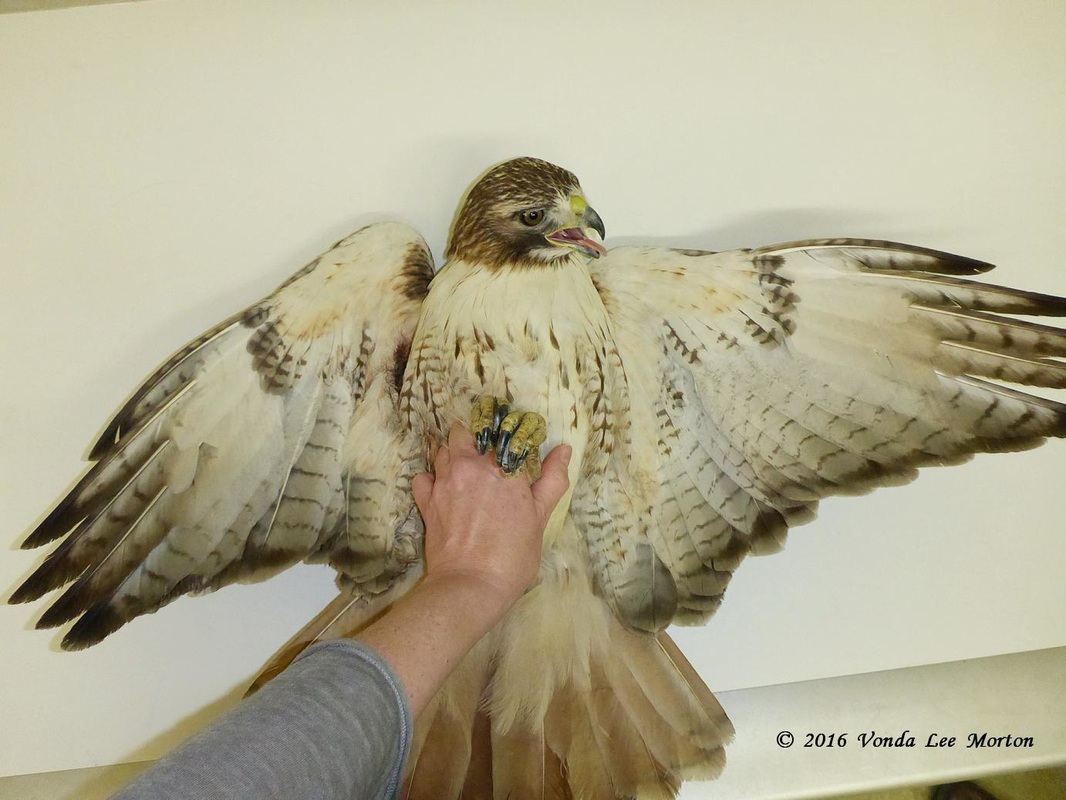
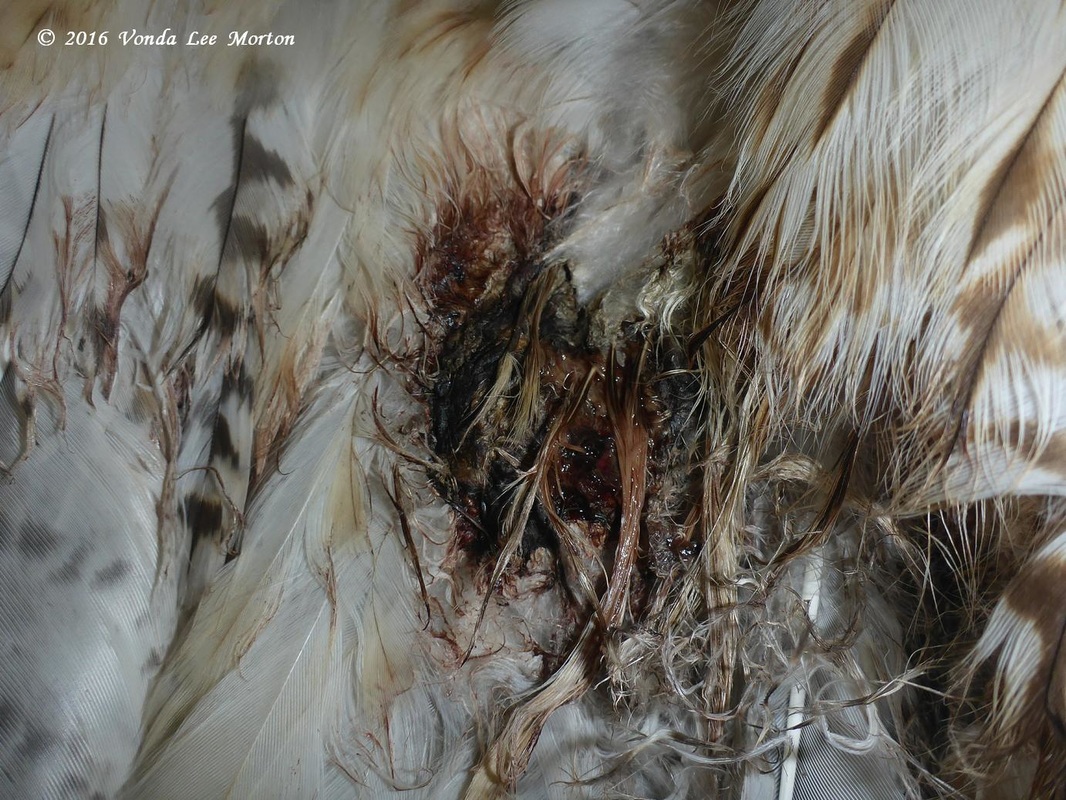
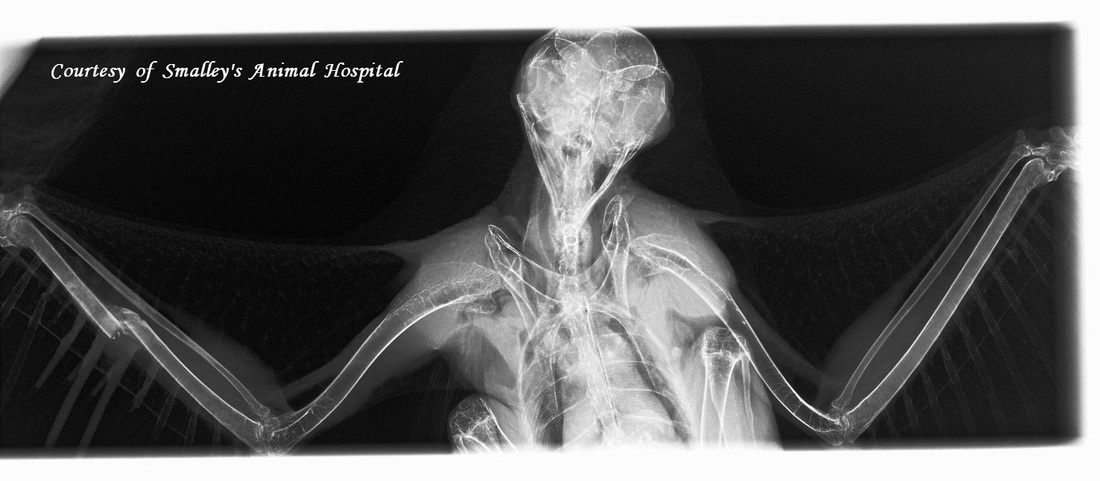
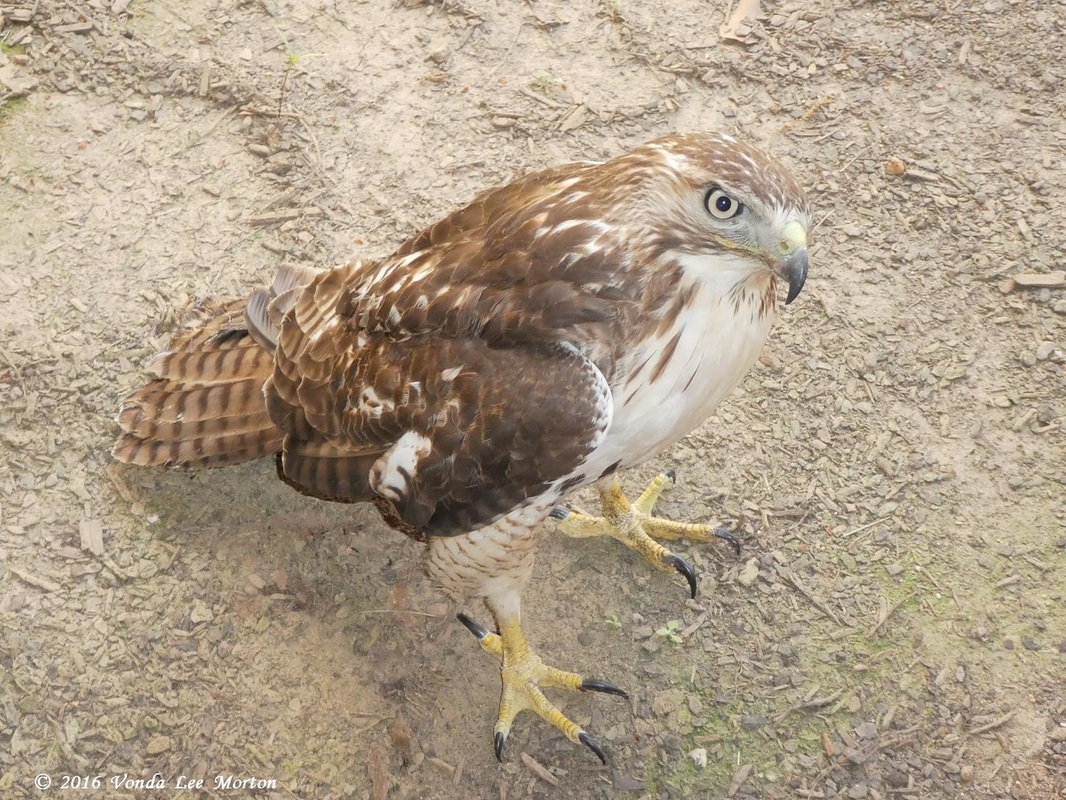
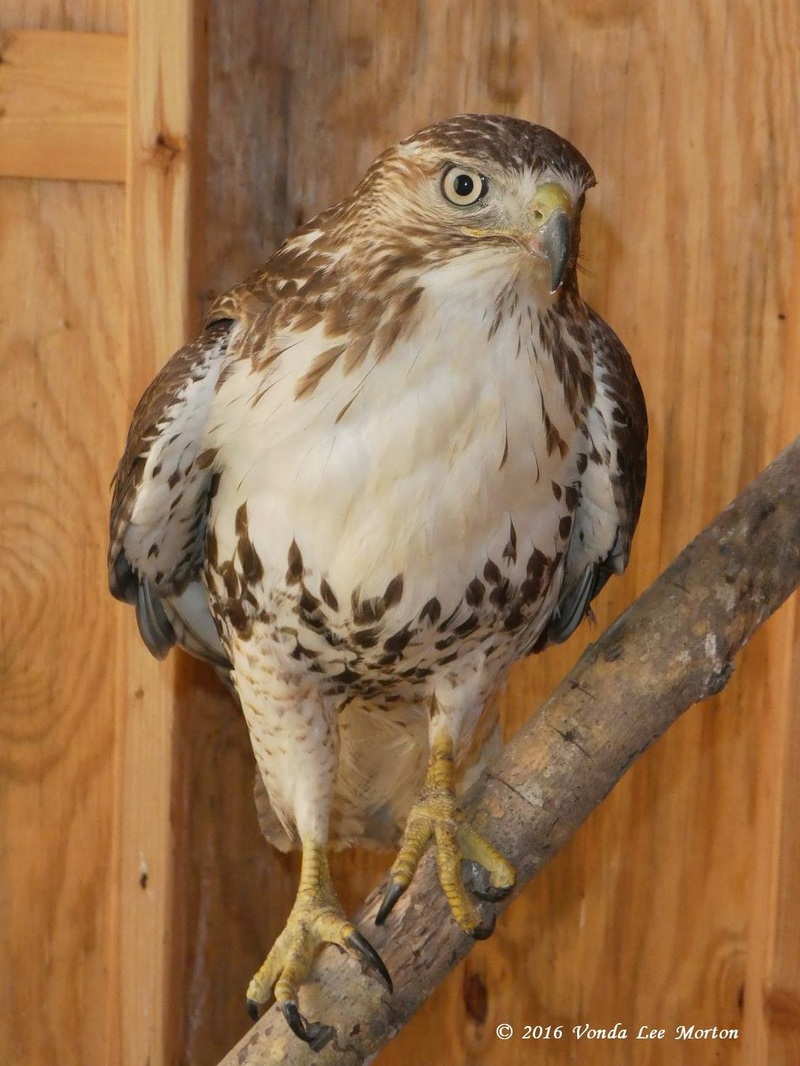
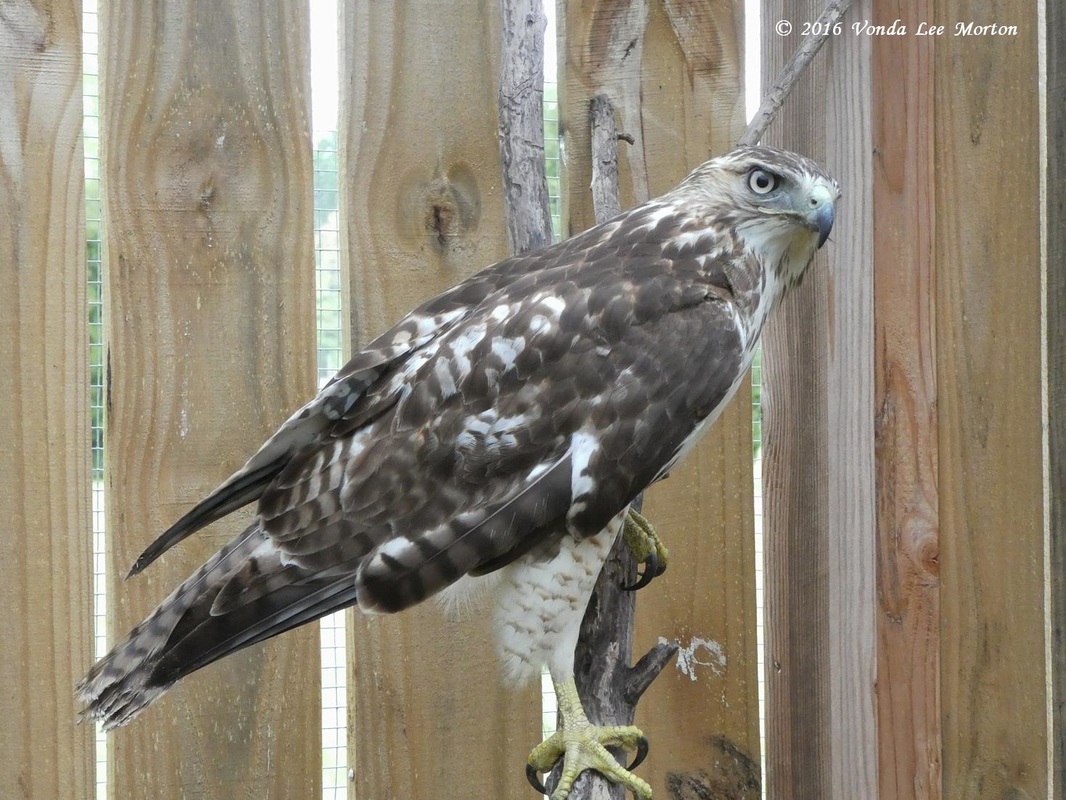
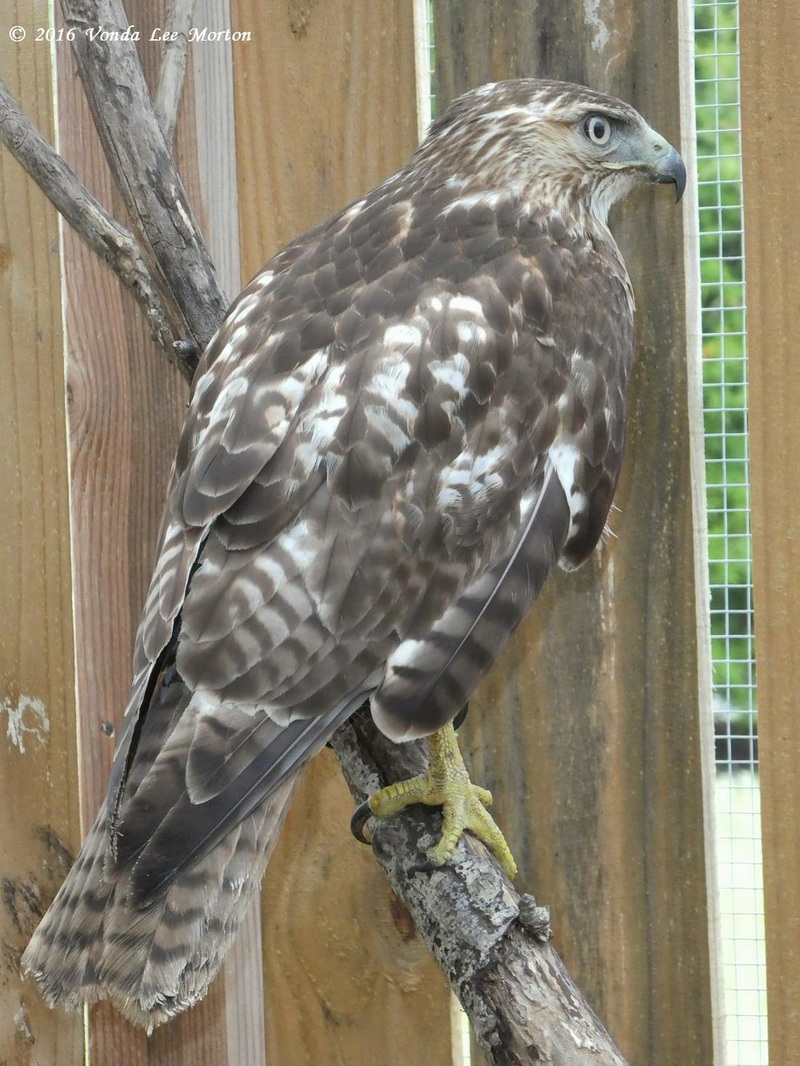
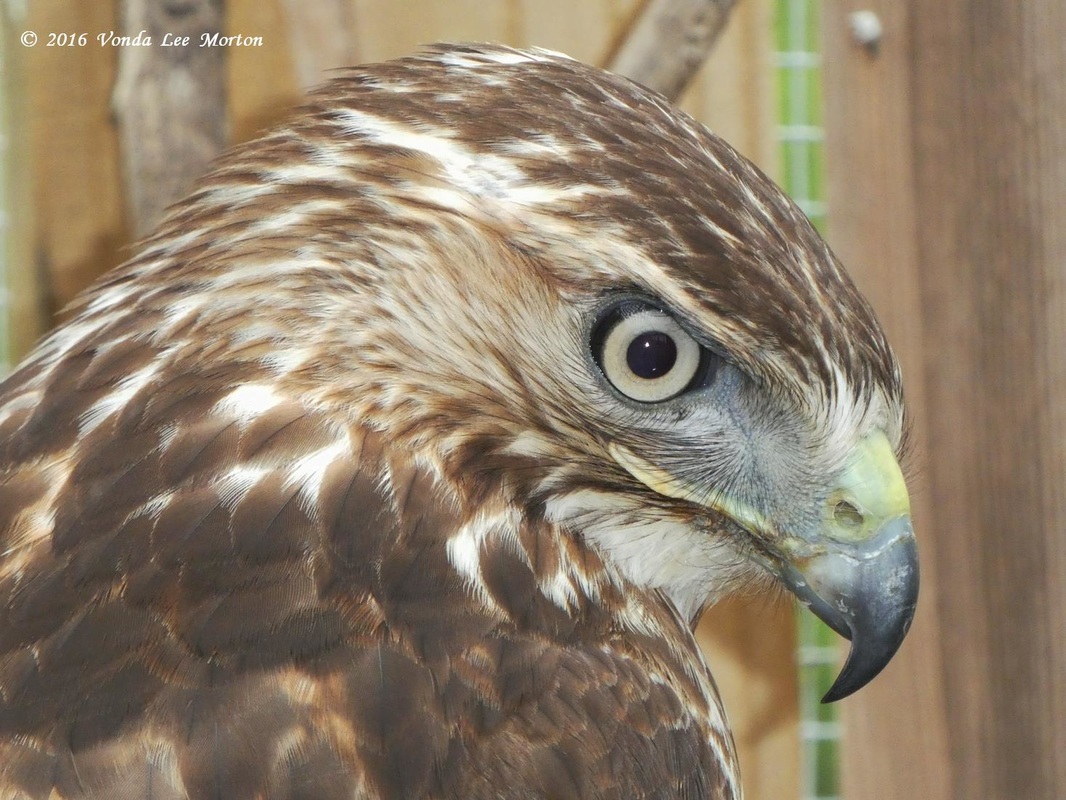
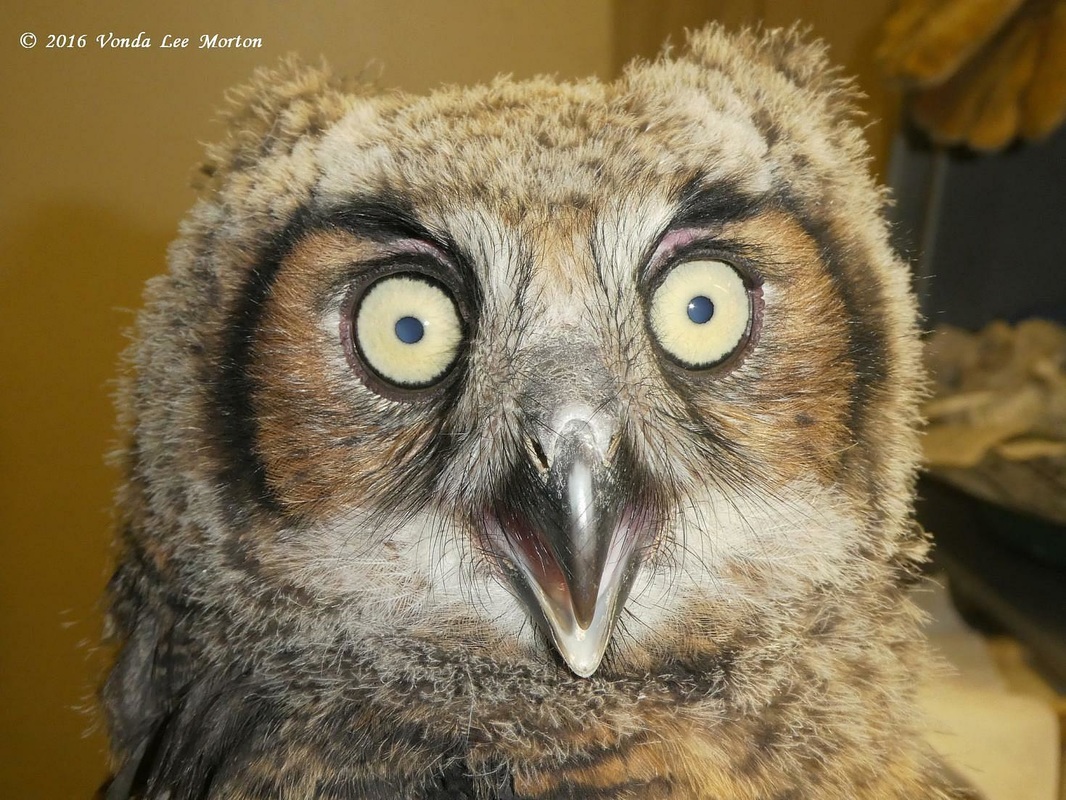
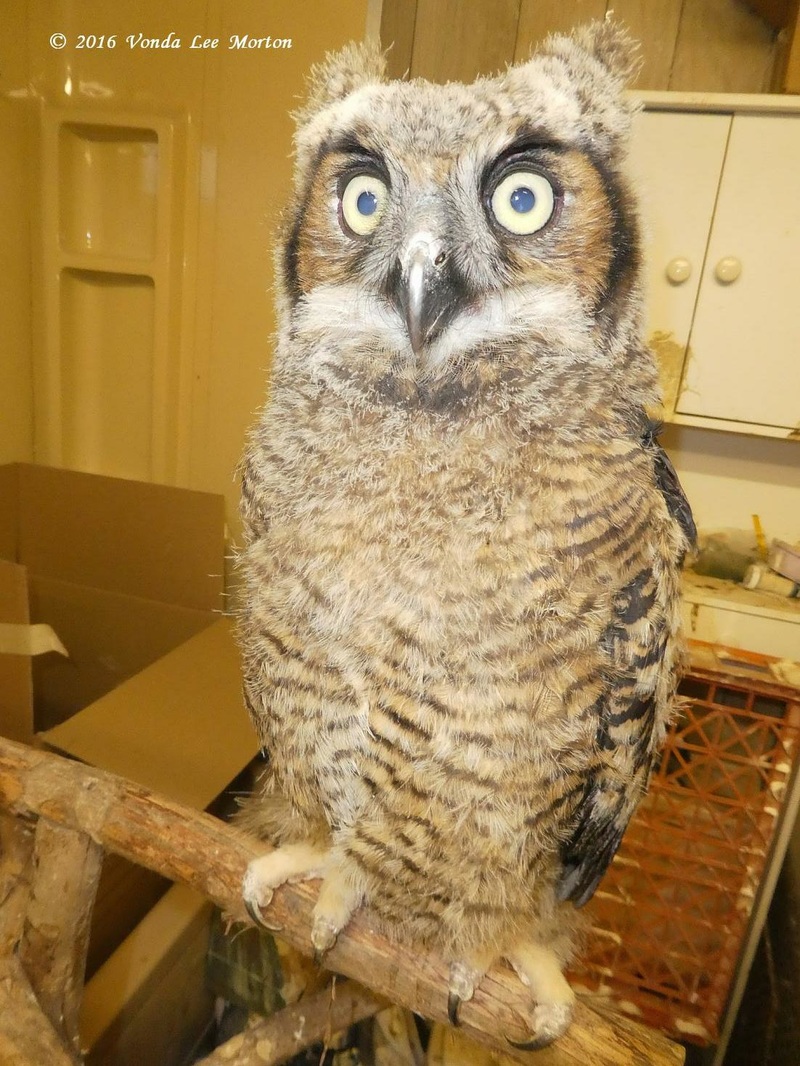
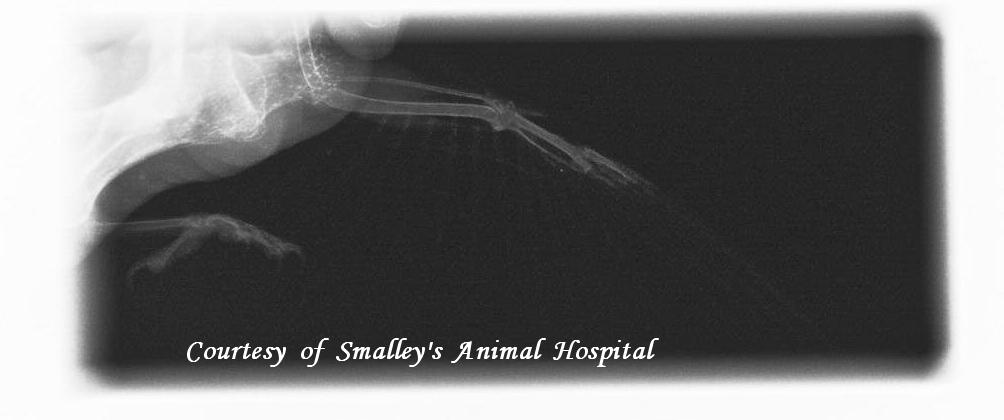
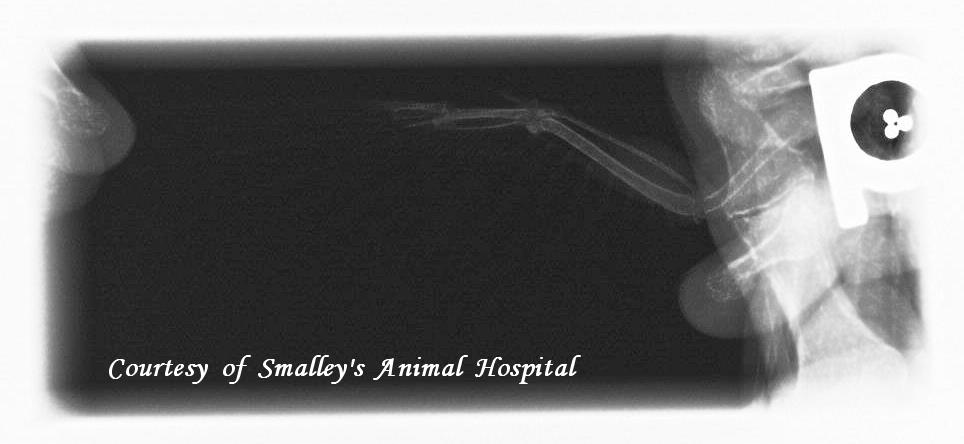
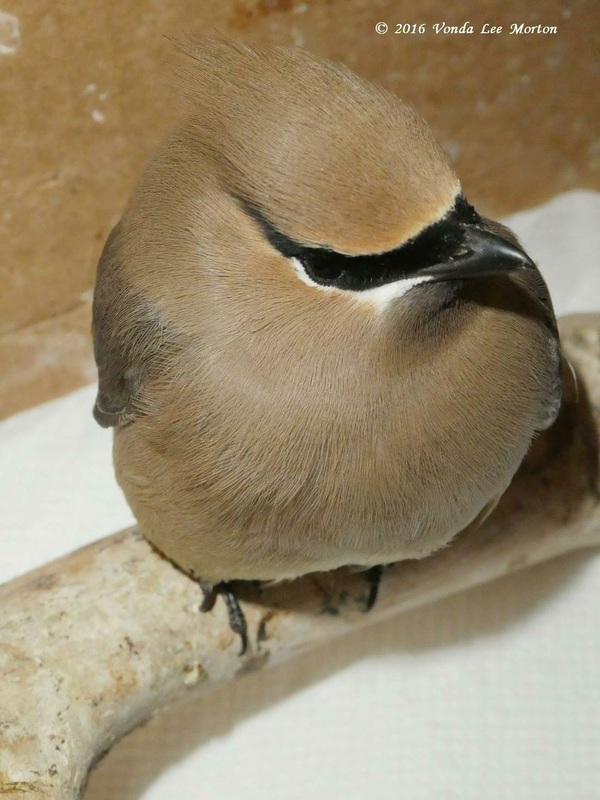
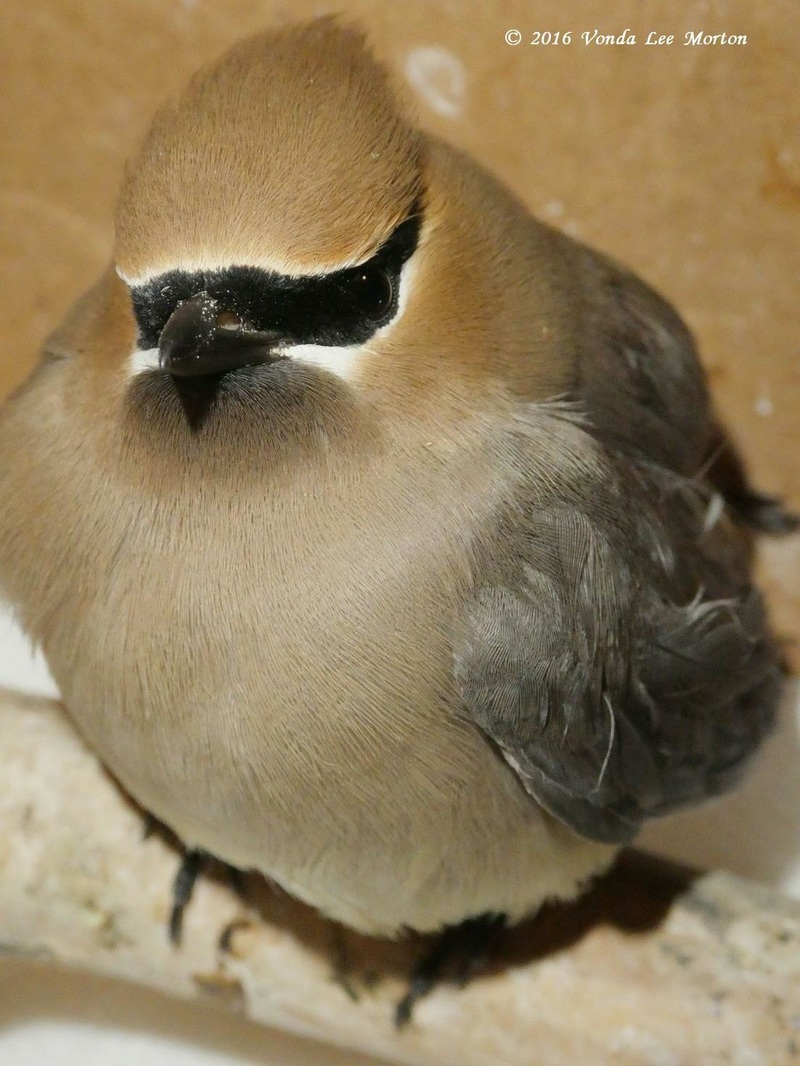
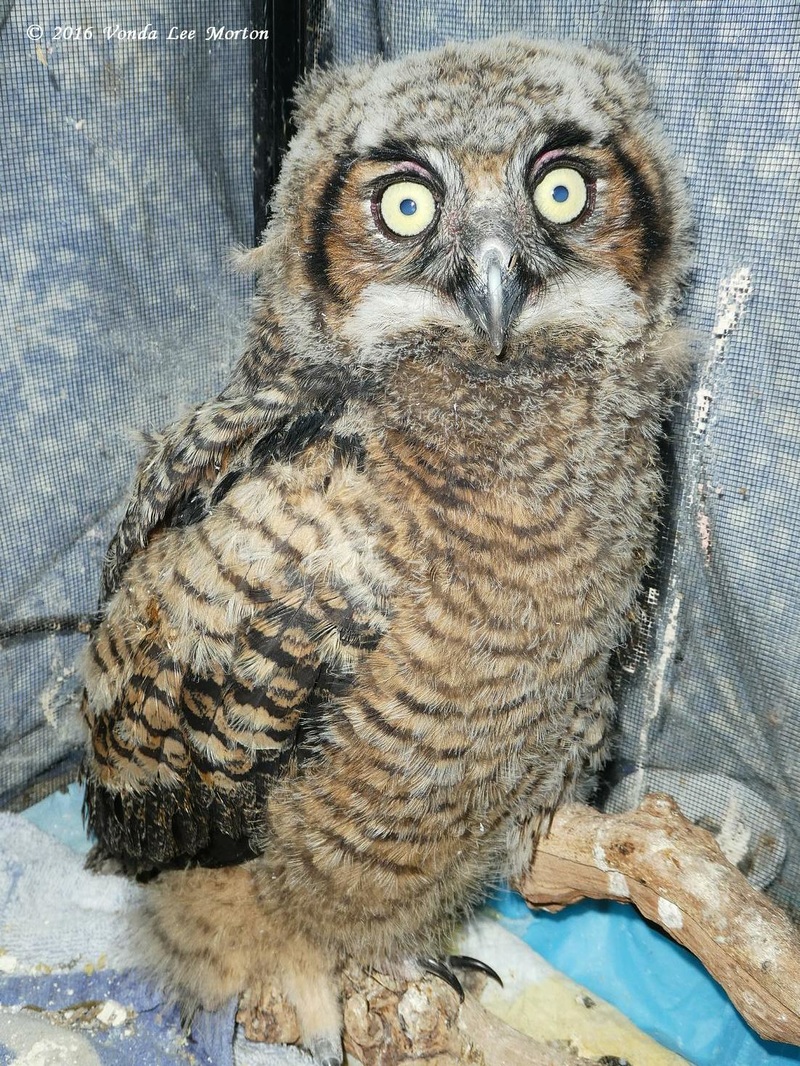
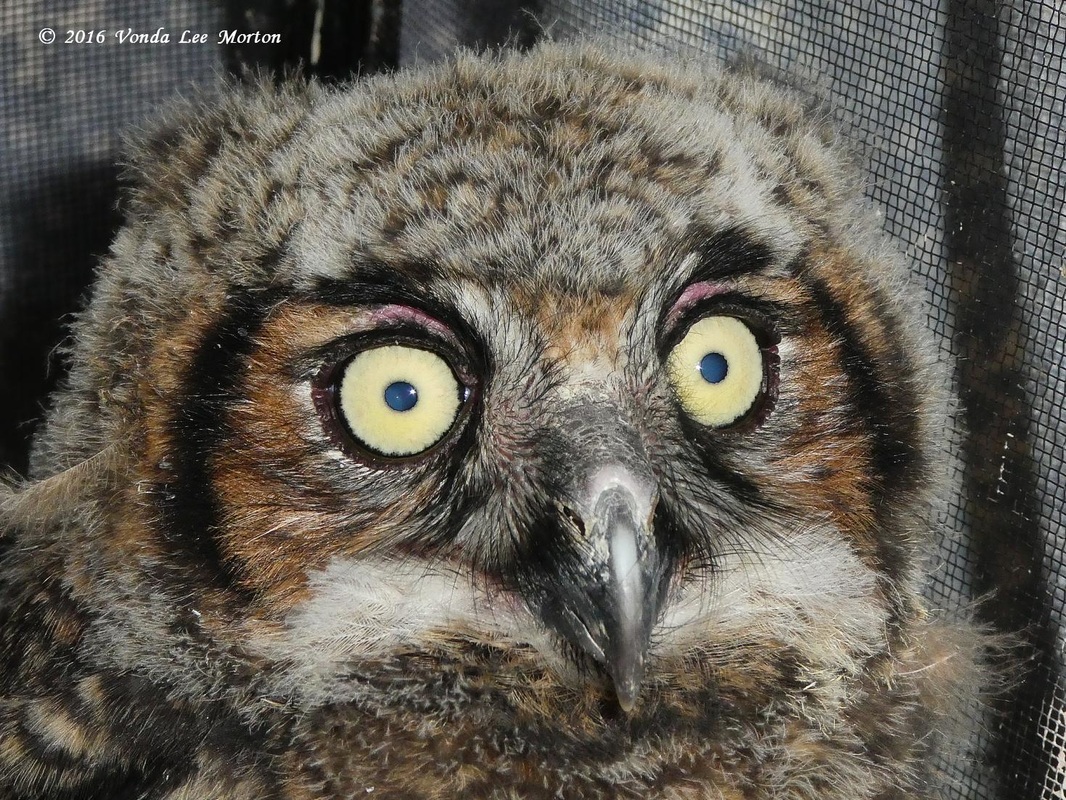
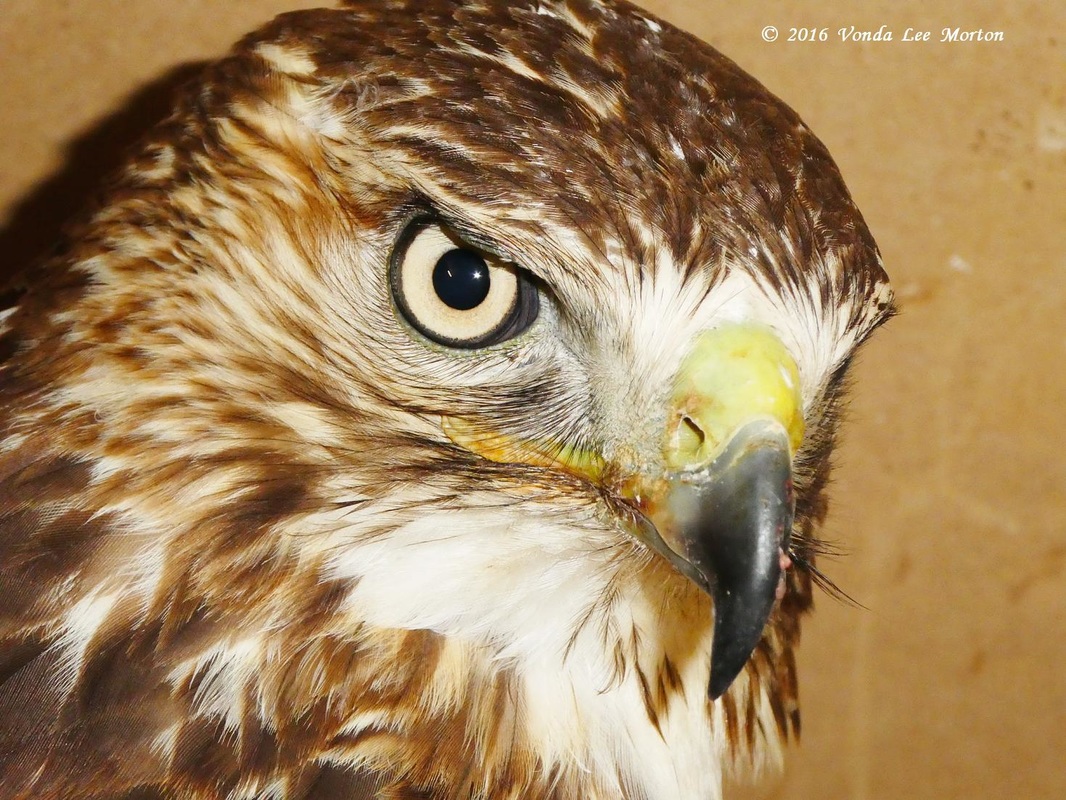
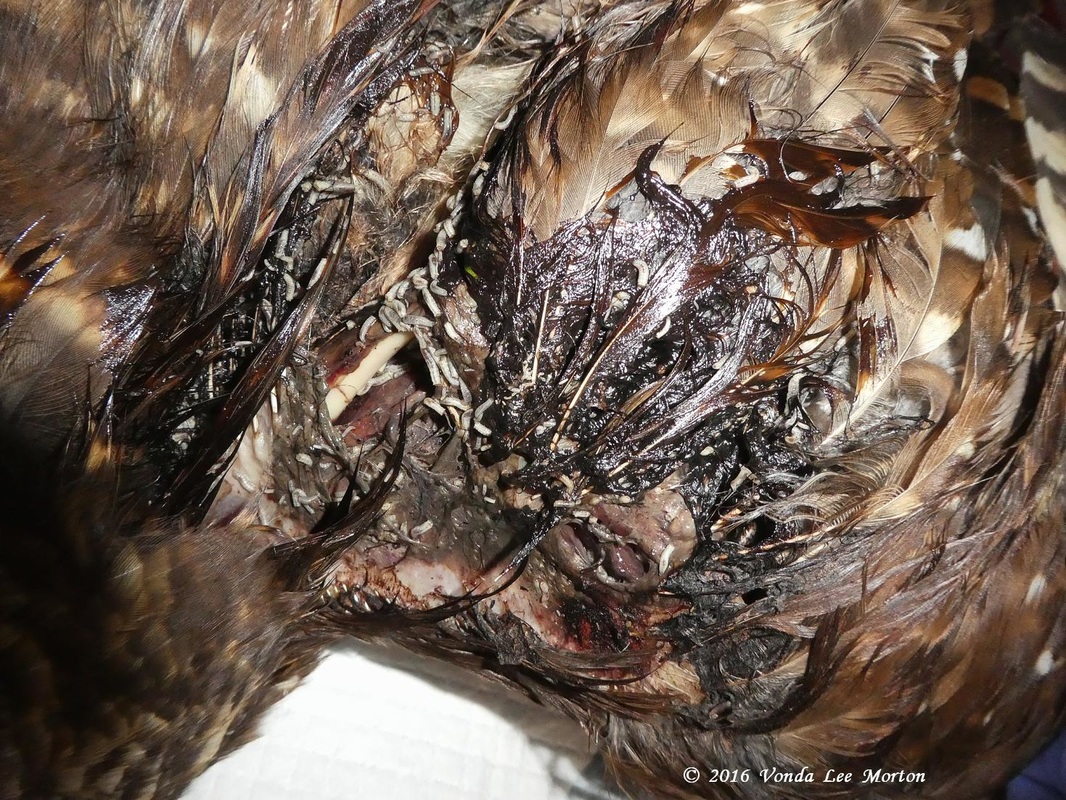
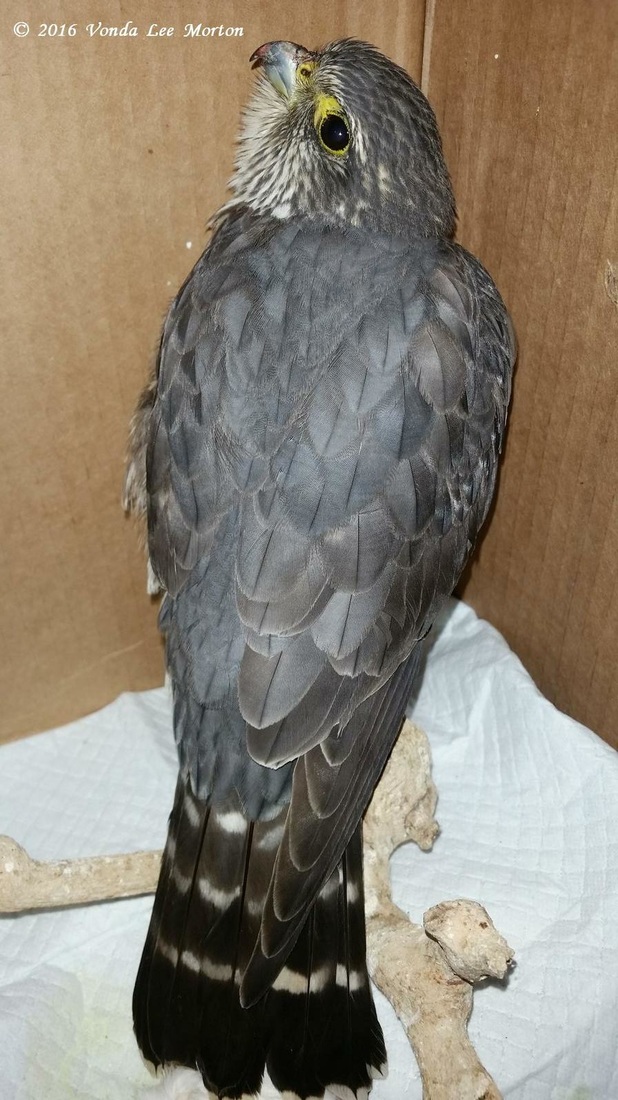
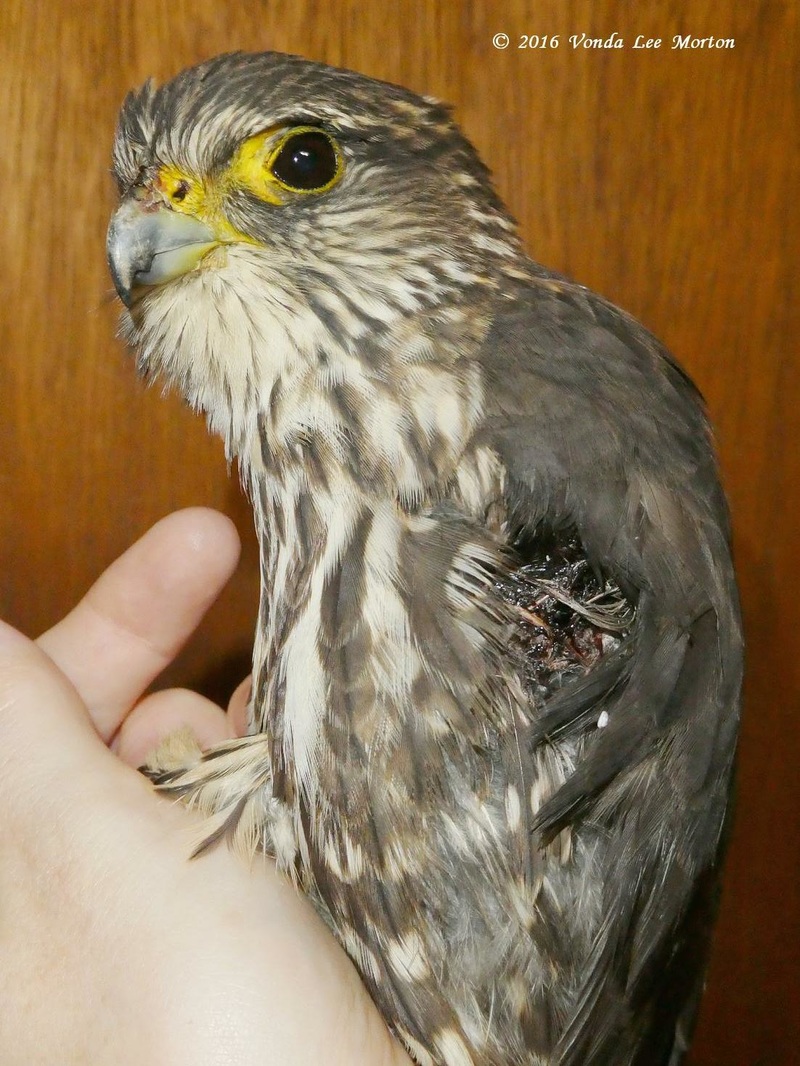
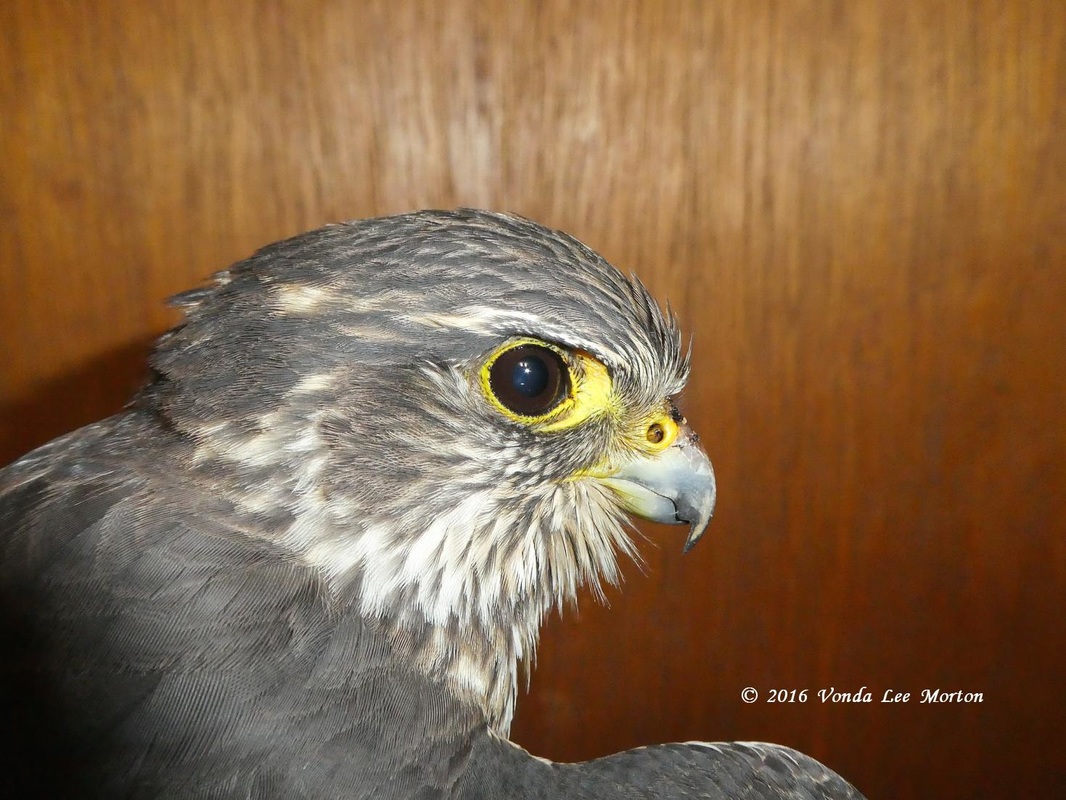
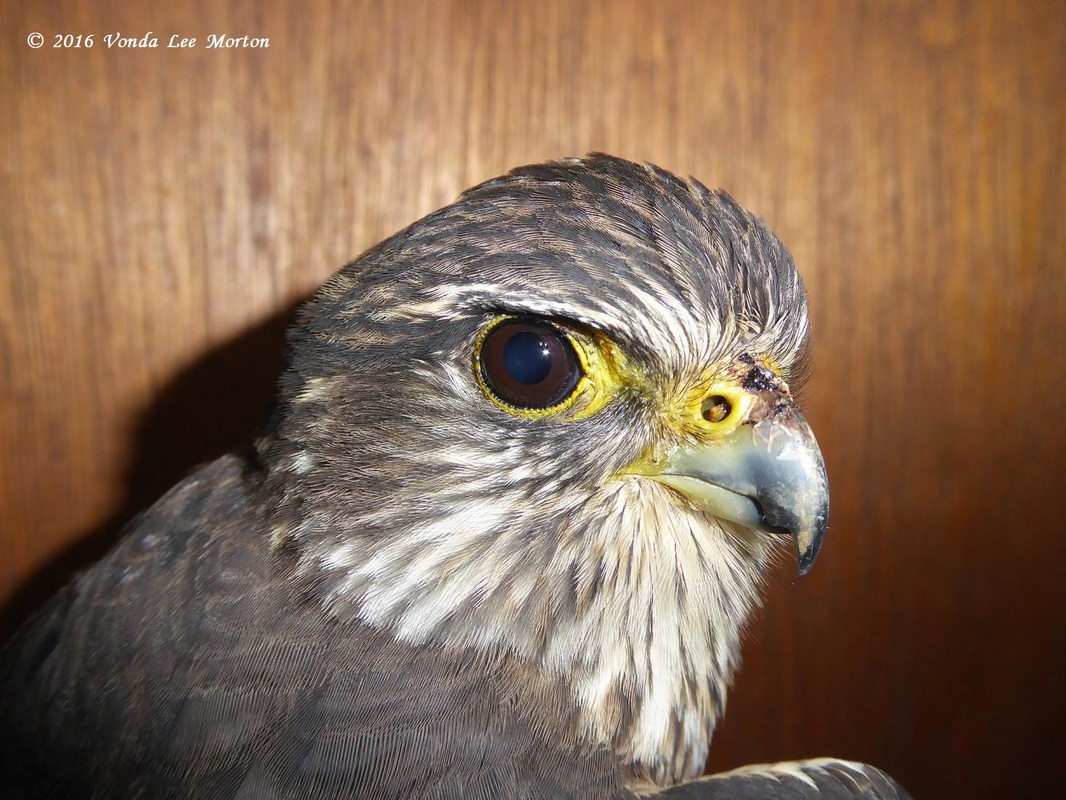
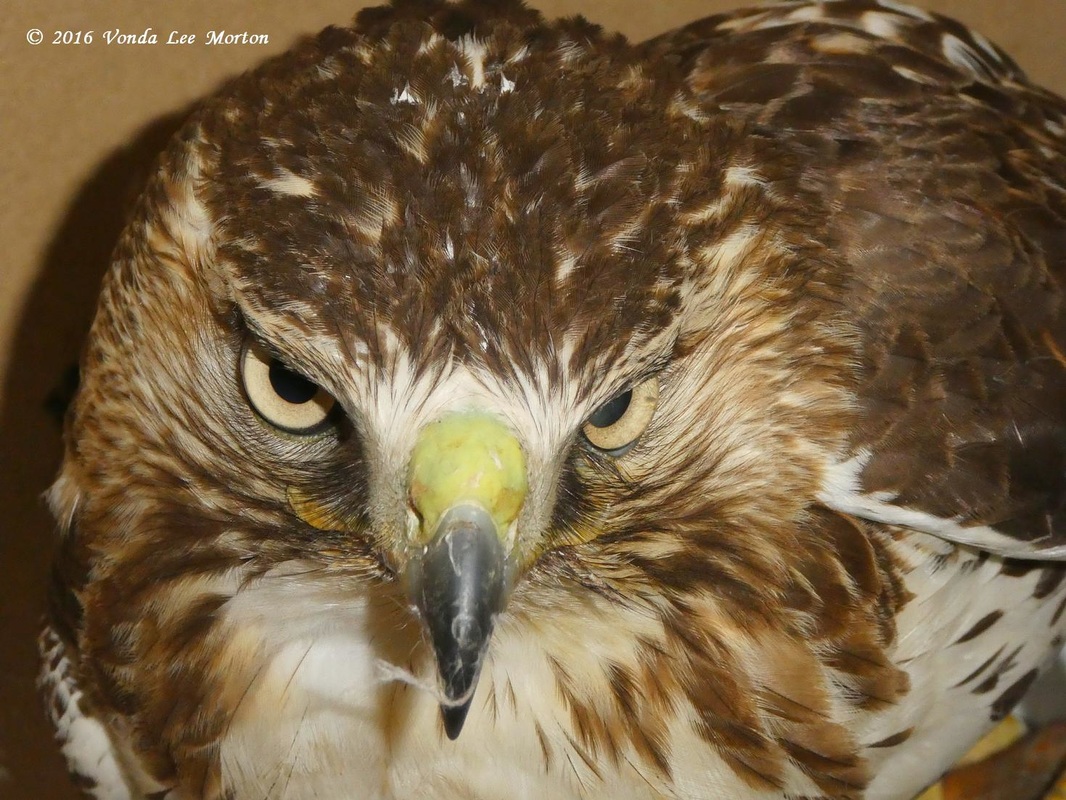
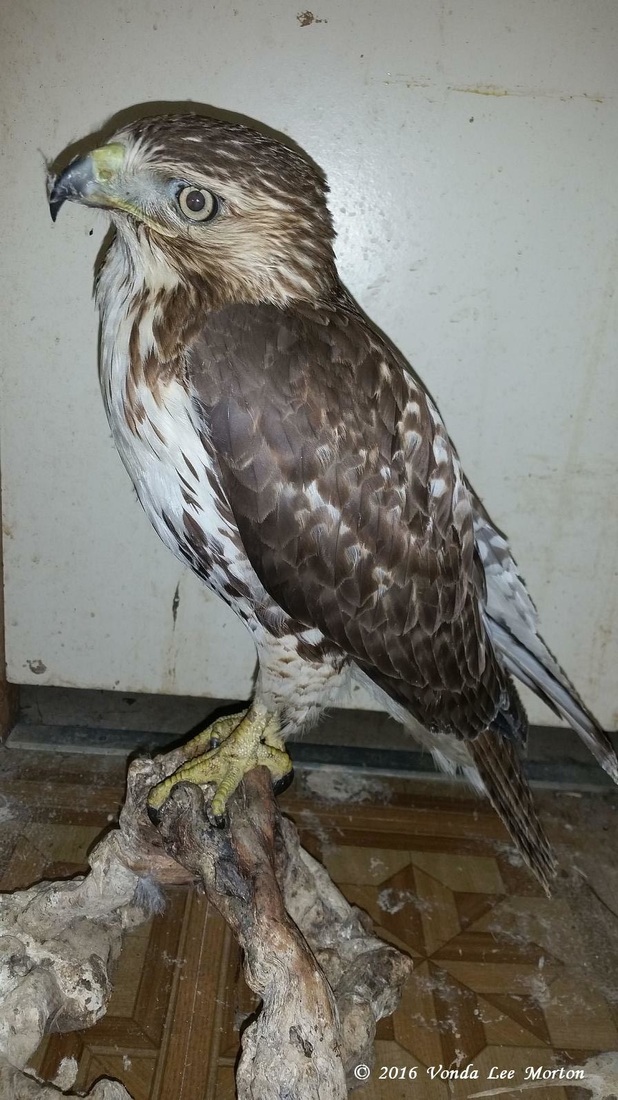
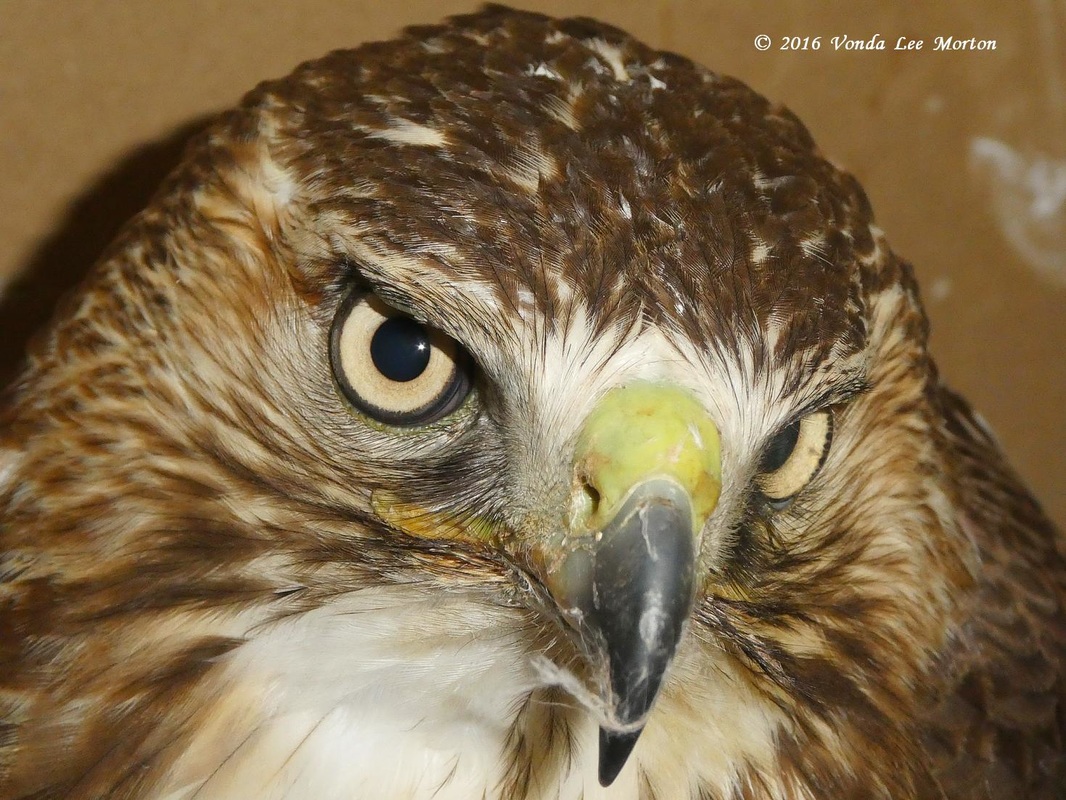
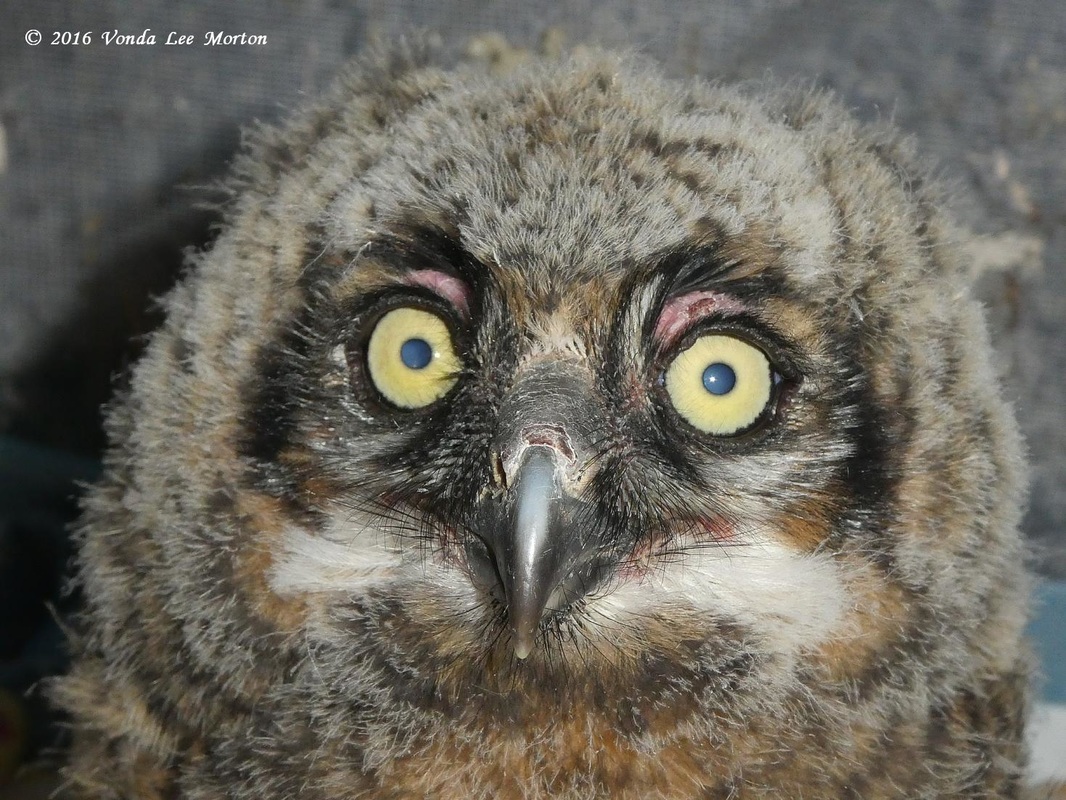
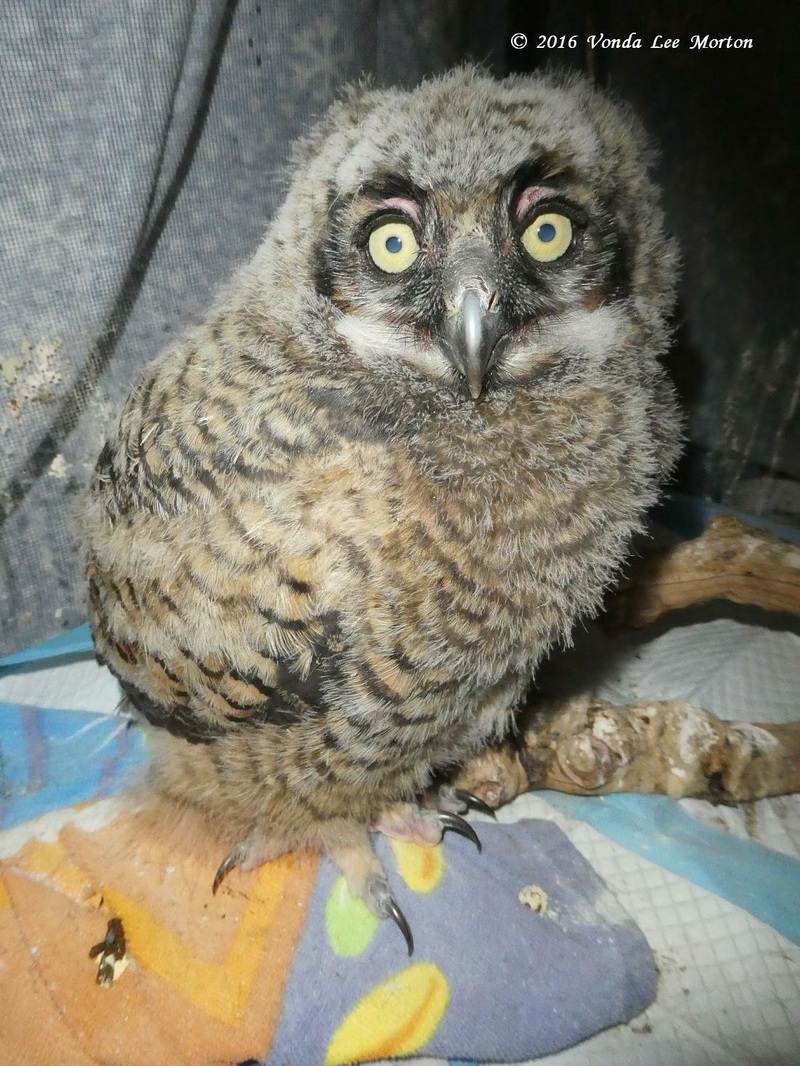
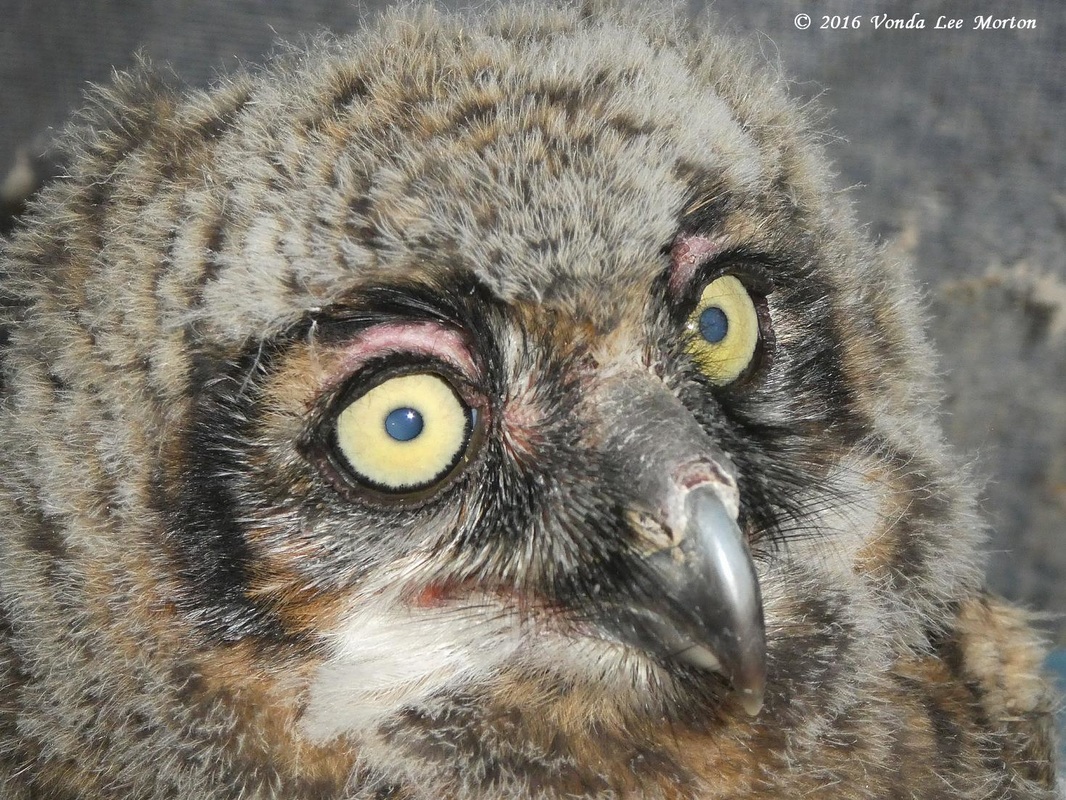
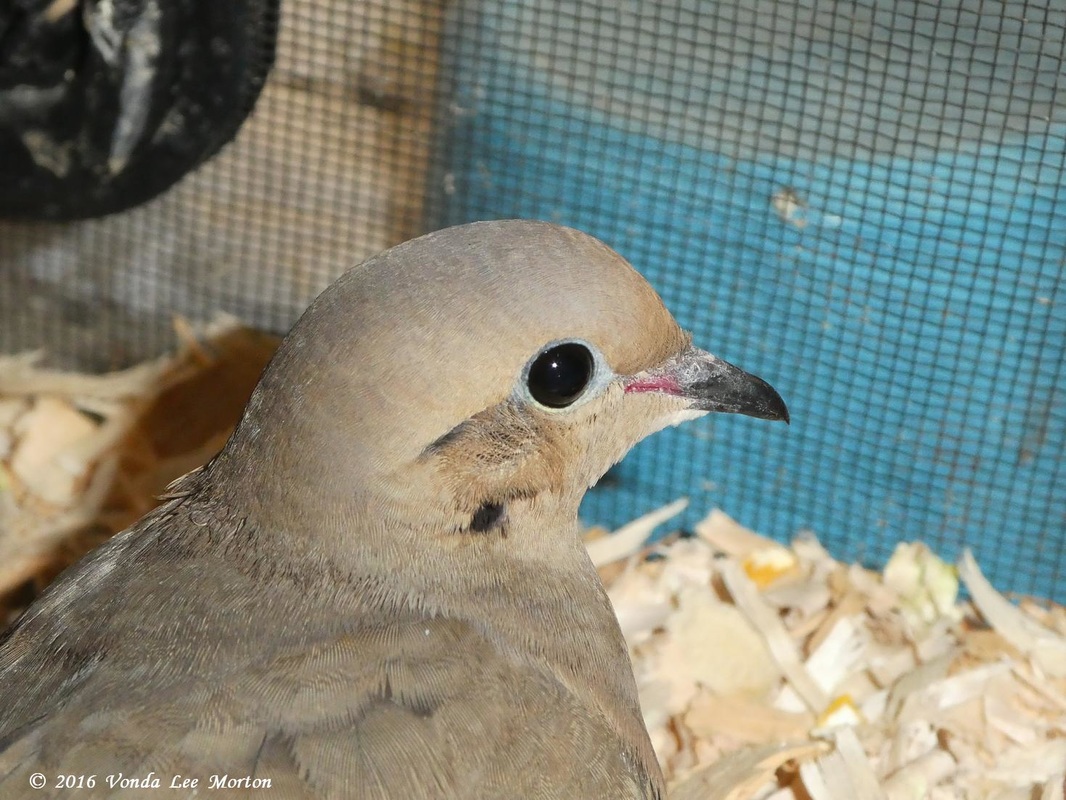
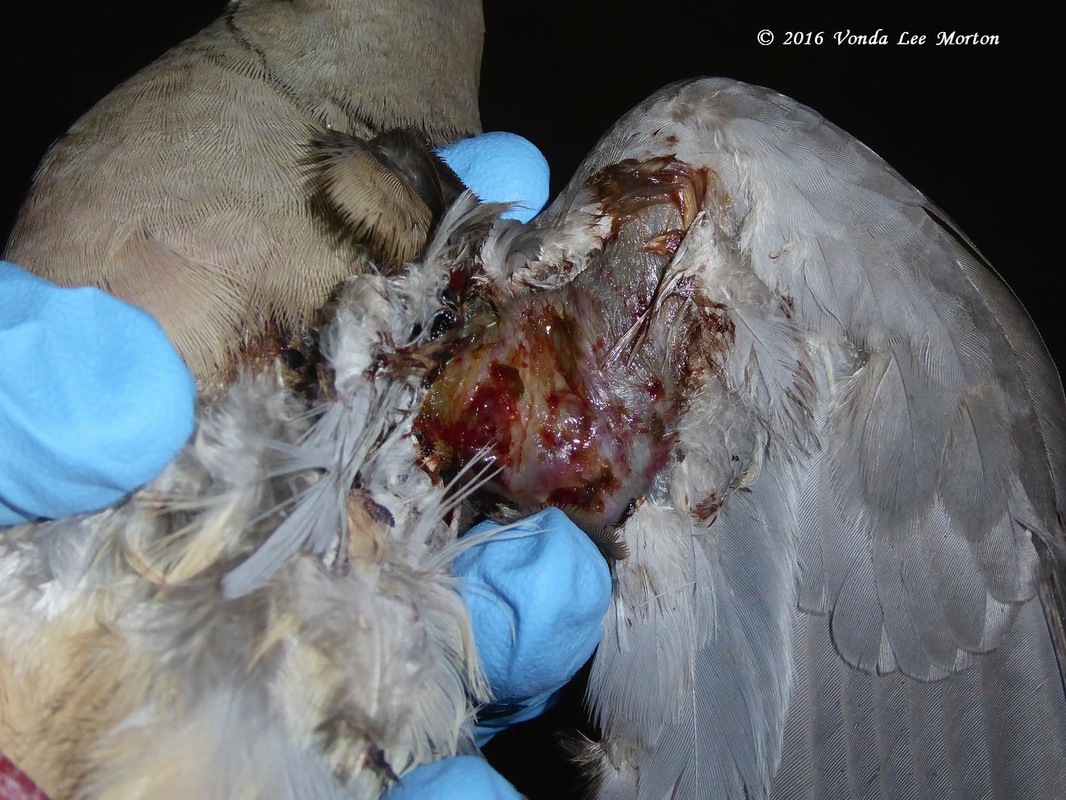
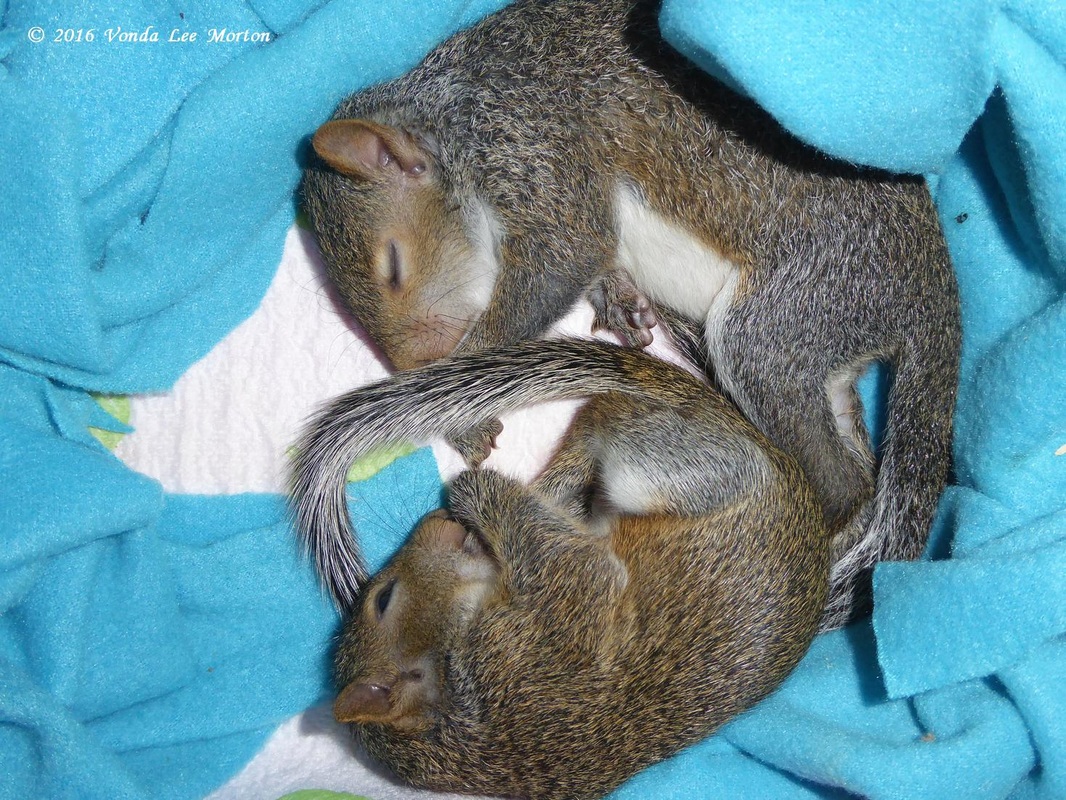

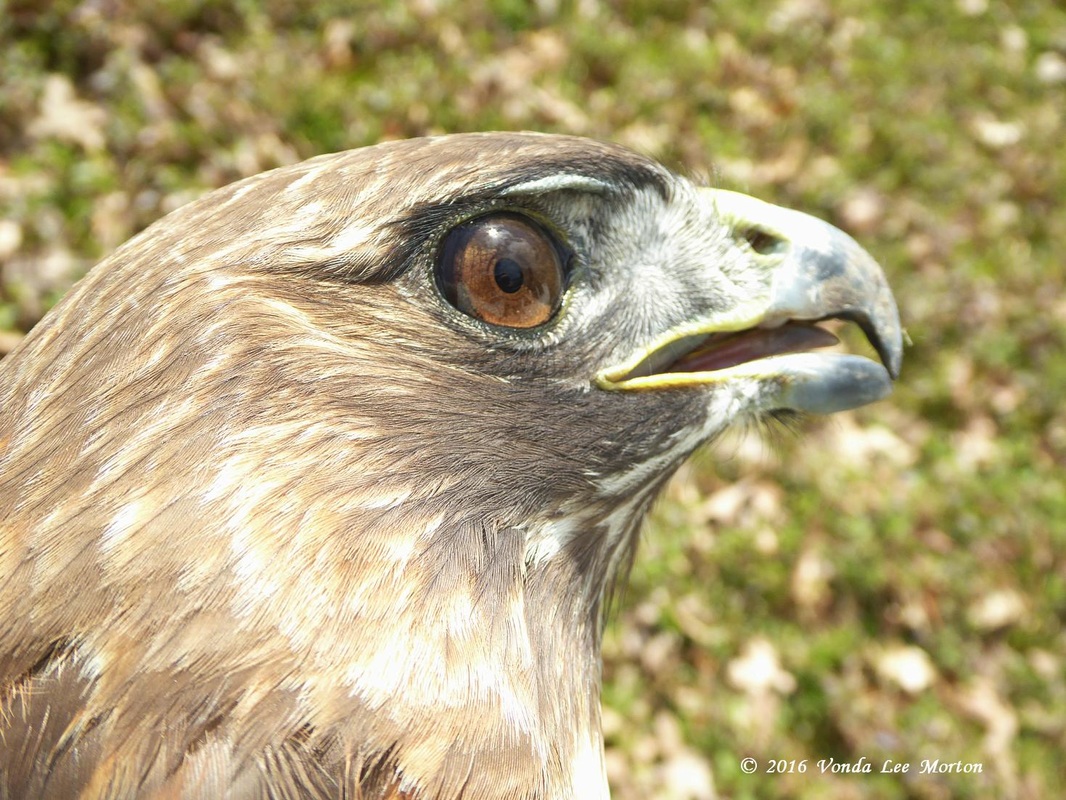
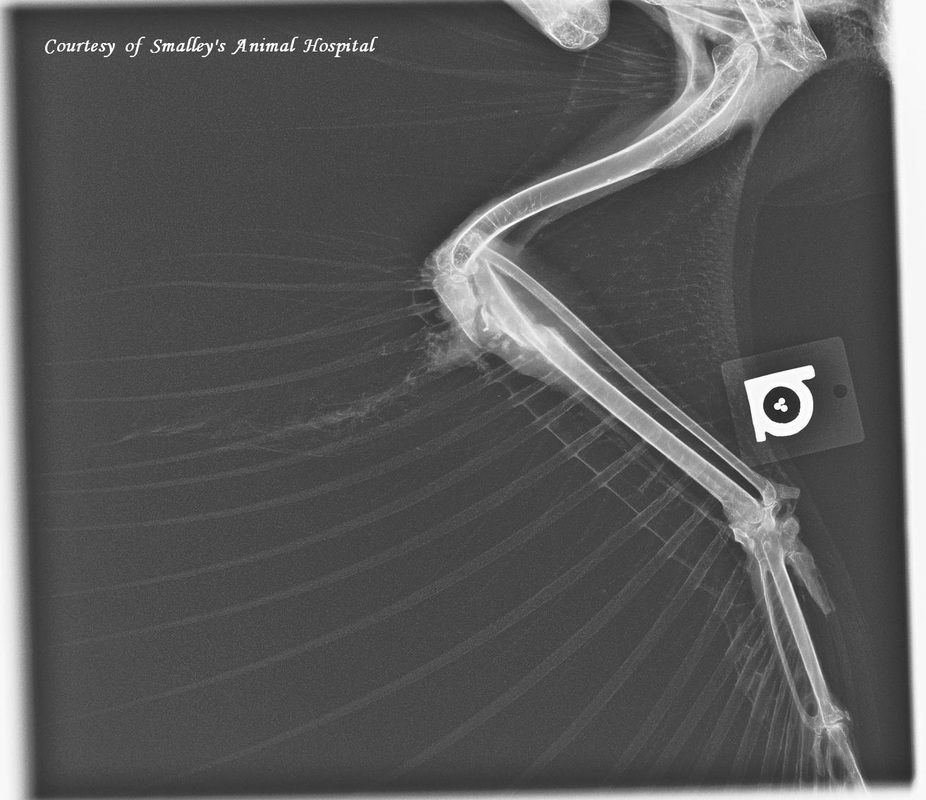

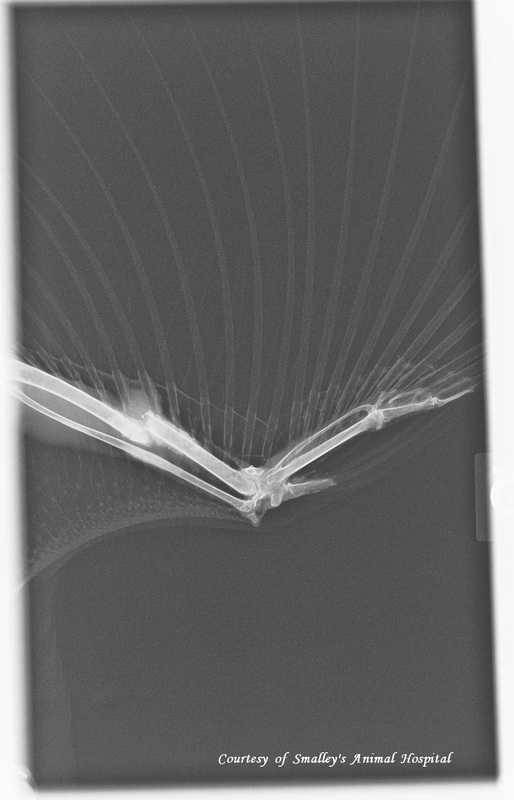
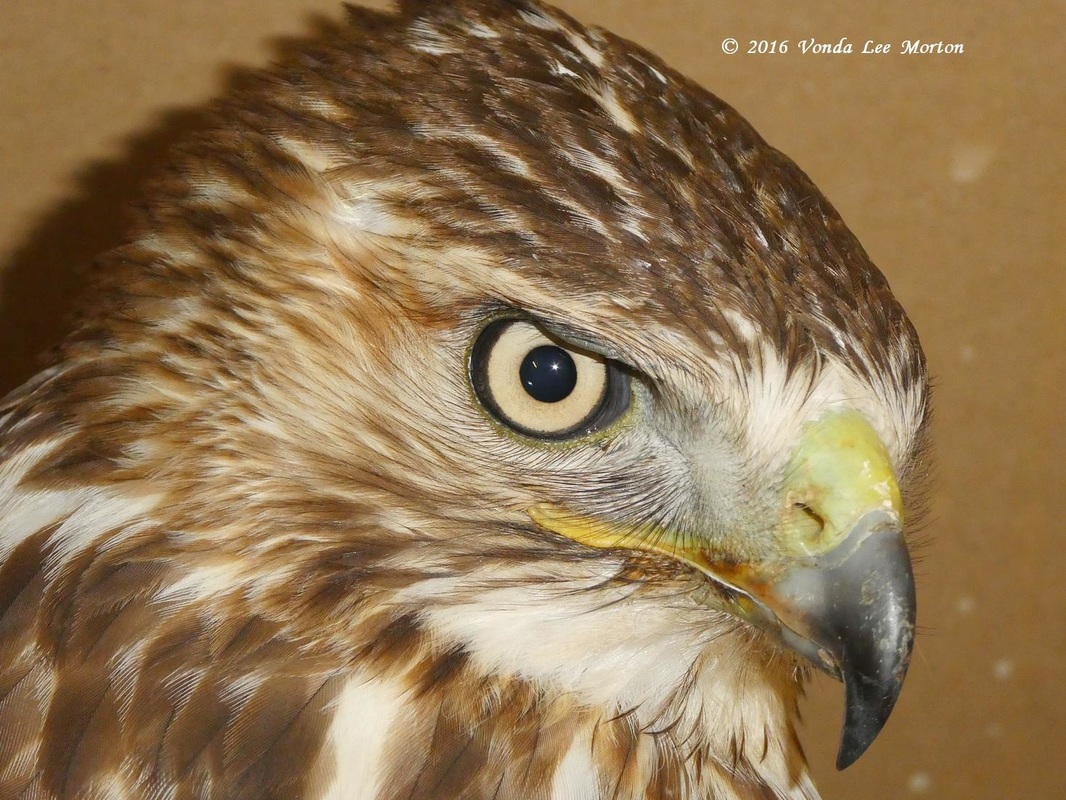
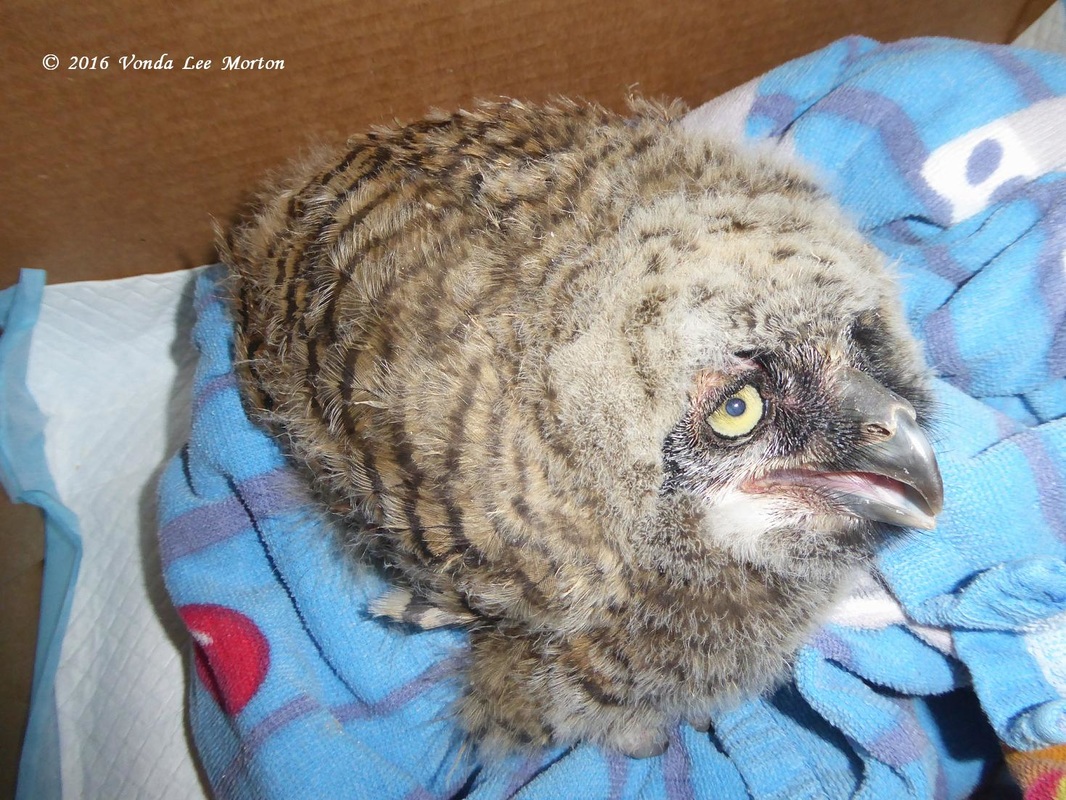
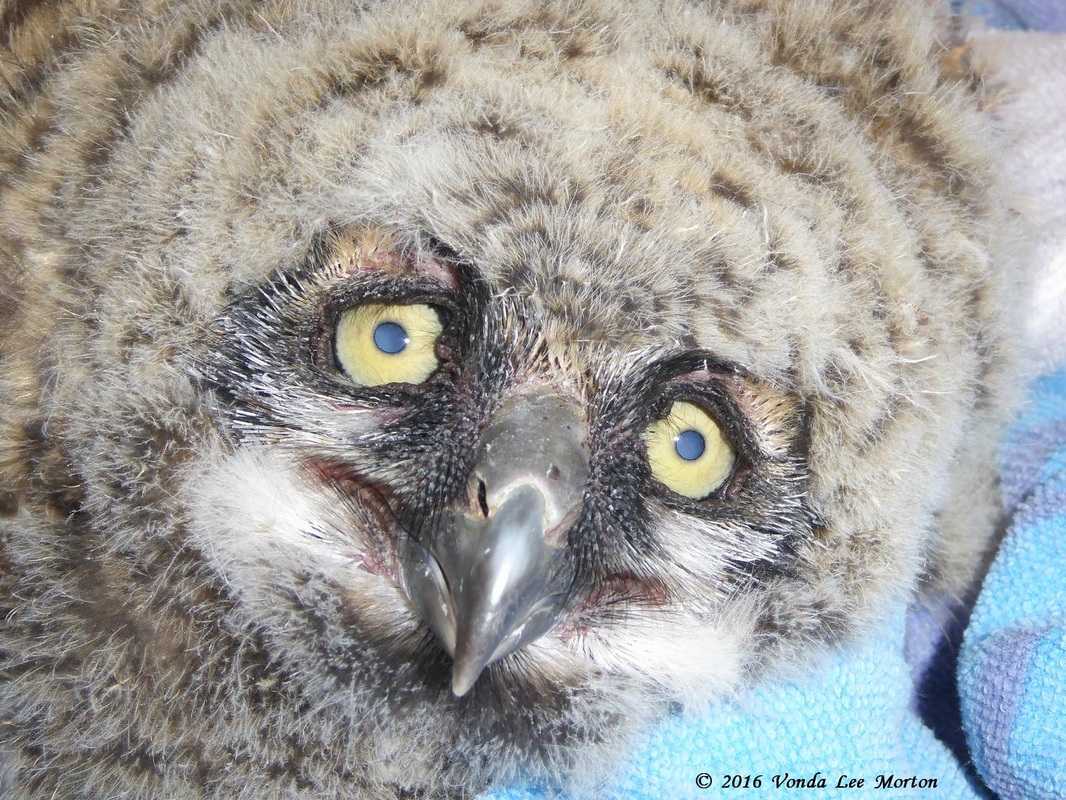
 RSS Feed
RSS Feed
